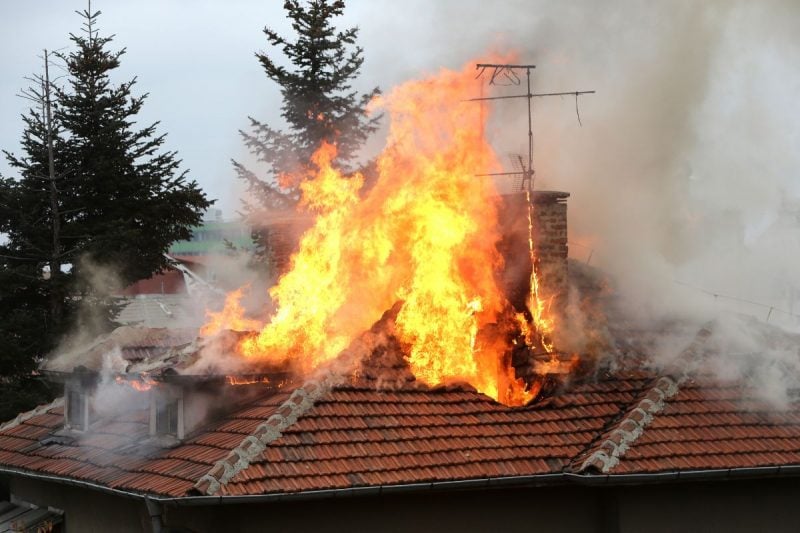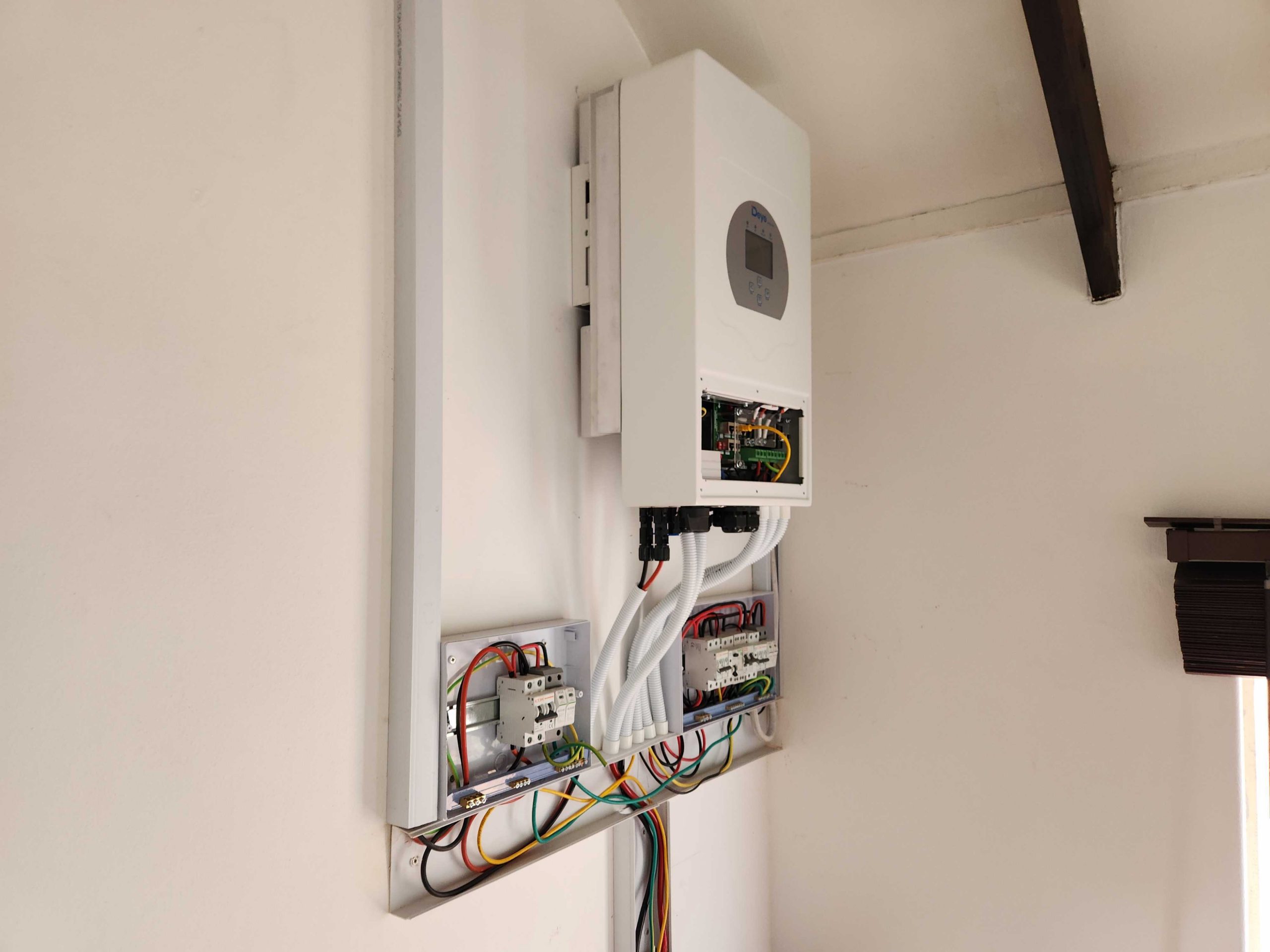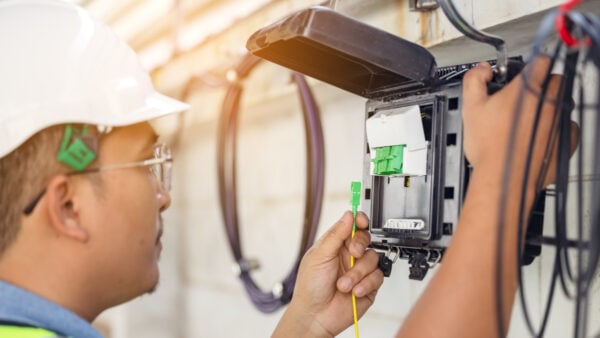Battery fire warning for South Africans with backup power

While lithium battery fire risks are relatively low, South African homeowners and small business owners should be aware of the risks involved and how to prevent such instances.
MyBroadband spoke to Zander Bartmann, general manager for special projects at the Fidelity Services Group, about the leading causes of lithium battery fires.
Through its SecureFire service offering, the Fidelity Services Group has experience fighting various fires in Gauteng, including those involving lithium batteries.
According to Bartmann, lithium battery fires can be dangerous and difficult to extinguish. This is because they produce oxygen, adding further fuel to the fire.
He explained that there are three primary causes of lithium battery fires: piercing, overcharging, and excessive external heat.
Physical damage to the battery, or piercing, can occur if something bumps into a battery, such as a vehicle reversing into it or an object dropping onto it, which can lead to a thermal runaway.
For reference, thermal runaways can be very dangerous. It is a self-accelerating phenomenon where a system, such as a battery, experiences a rapid and uncontrollable increase in temperature.
This is caused by heat-producing chain reactions that can result in a fire or an explosion.
Overcharging can also cause thermal runaways. While inverters in backup power systems are generally coded to prevent overcharging, faulty cabling can still cause it to happen.
Bartmann warned that external heat, such as a nearby fire or high ambient temperatures, can cause lithium batteries to ignite.
He added that lithium fires are among the most dangerous types of fire that can occur.
“People pass away with how dangerous it is because it also creates a very toxic smoke,” said Bartmann.
However, he added that products, including Fidelity SecureFire’s Fireblock lithium extinguisher, are available to suppress lithium battery fires.
He noted that these are suitable for smaller installations, while other forms of suppression, such as in-rack suppression systems, are suitable for larger installations.
Bartmann warned that the risk of lithium battery fires is higher for households and small businesses, as large enterprises invest millions in protecting their installations.

Cape Town-based solar installer AWPower previously told MyBroadband that nearly all lithium batteries connected to solar systems in South Africa are lithium-iron phosphate (LiFePO4).
The company explained that LiFePO4 batteries are the most stable lithium batteries, and while they are unlikely to experience thermal runaway, it is still possible.
“One can argue that an installation using old lead-acid batteries is more dangerous than an installation with LiFePO4 batteries,” it said.
AWPower provided two additional primary causes of thermal runaways in lithium batteries:
- Internal short circuits can result from physical damage such as piercing, or due to manufacturing defects; and,
- Batteries degrade over time, which can increase the risk of failure.
AWPower said it is critical that backup systems with lithium batteries are installed and tested by suitably trained and qualified technicians.
“The installation must adhere to all relevant legislation as well as manufacturer guidelines,” it said.
It added that the installer must issue a valid electrical Certificate of Compliance (CoC) and a test report for the system. This must also be available for inspection.
“This ensures that the installation meets all safety standards and regulations. Proper installation not only ensures the system operates efficiently but also significantly reduces the risk of fire,” it said.
The installer advised that battery owners arrange regular inspections and maintenance to ensure all components function correctly and mitigate the risk of a battery fire.
“If you are a landlord, ensure your tenants are aware of the dangers and requirements related to these systems,” said AWPower.
It warned that failing to do so could result in insurers denying related claims.
































